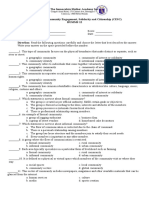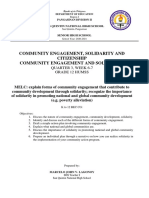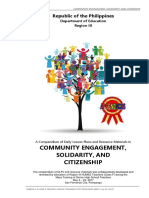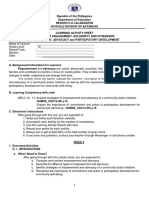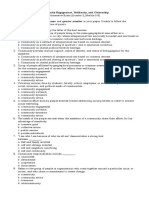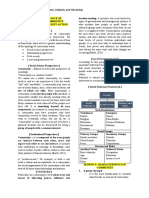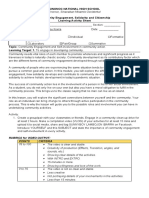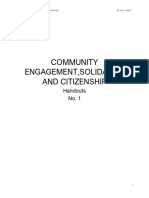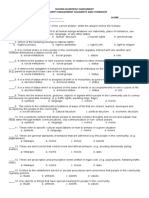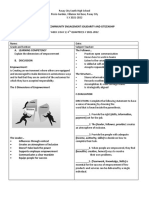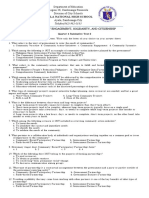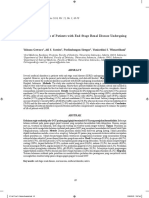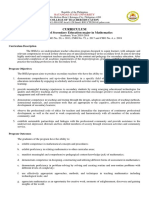100% found this document useful (1 vote)
302 views21 pagesQ1 Week 5 Lesson 4
This document discusses different typologies of communities. It compares rural and urban communities, noting differences in population density, land use, jobs, and social dynamics. It also covers local vs global communities, distinguishing between physical and virtual social spaces. Finally, it outlines several types of communities proposed by Pramila Aggarwal: geographic communities defined by boundaries, communities of identity with common attributes, communities of interest around shared causes, and internal communities that form voluntarily. The key message is that communities can be classified in various ways based on location, attributes, interests, or voluntary association.
Uploaded by
Ivy BuenoCopyright
© © All Rights Reserved
We take content rights seriously. If you suspect this is your content, claim it here.
Available Formats
Download as PDF, TXT or read online on Scribd
100% found this document useful (1 vote)
302 views21 pagesQ1 Week 5 Lesson 4
This document discusses different typologies of communities. It compares rural and urban communities, noting differences in population density, land use, jobs, and social dynamics. It also covers local vs global communities, distinguishing between physical and virtual social spaces. Finally, it outlines several types of communities proposed by Pramila Aggarwal: geographic communities defined by boundaries, communities of identity with common attributes, communities of interest around shared causes, and internal communities that form voluntarily. The key message is that communities can be classified in various ways based on location, attributes, interests, or voluntary association.
Uploaded by
Ivy BuenoCopyright
© © All Rights Reserved
We take content rights seriously. If you suspect this is your content, claim it here.
Available Formats
Download as PDF, TXT or read online on Scribd
/ 21




